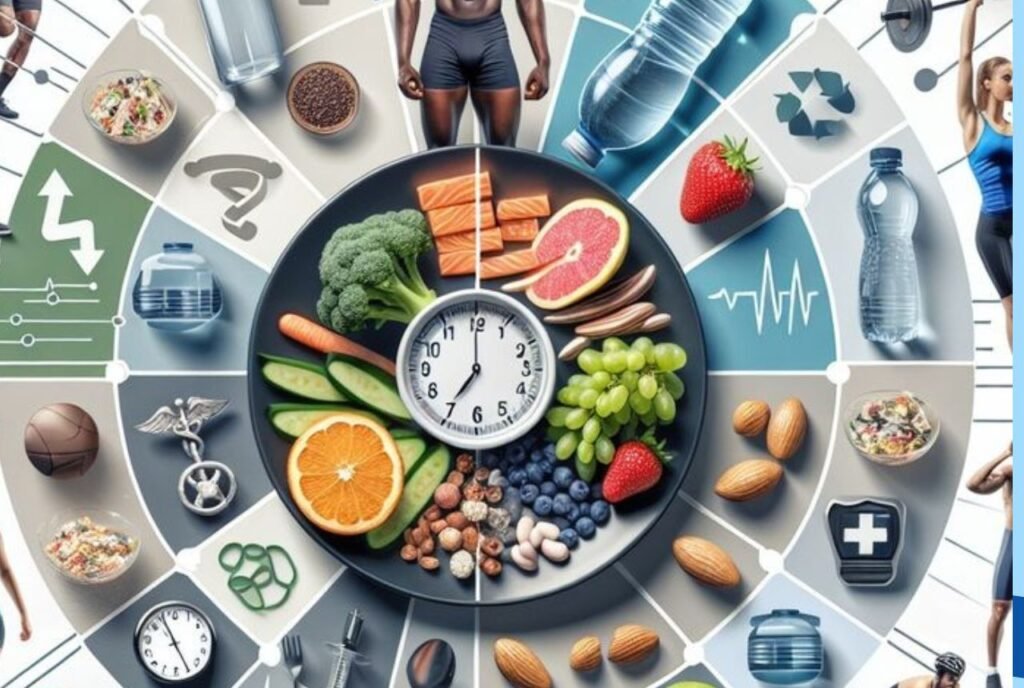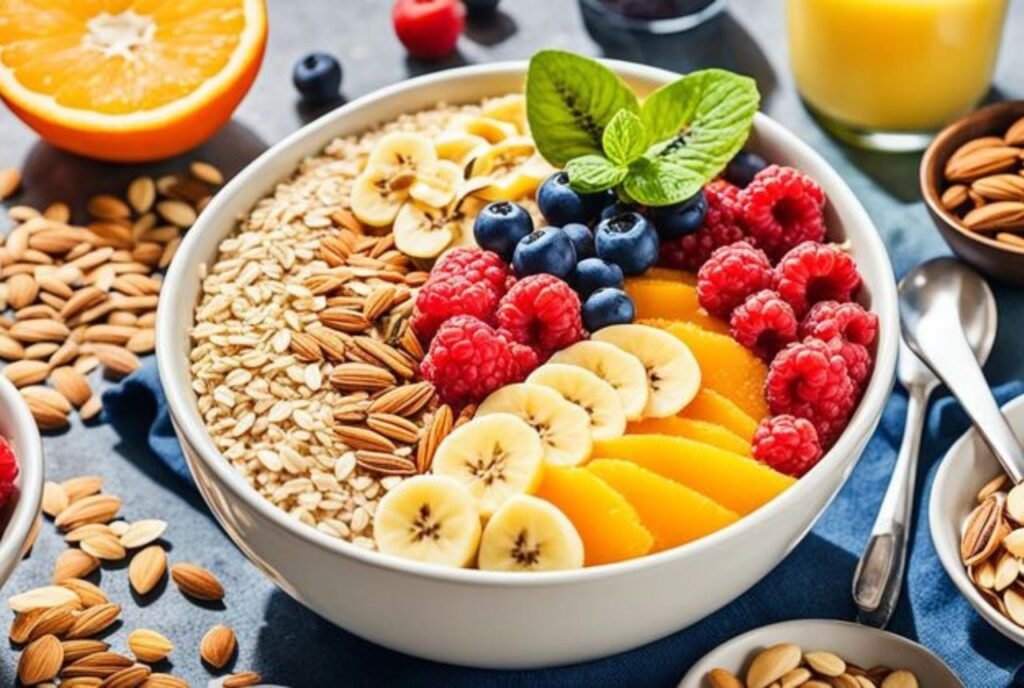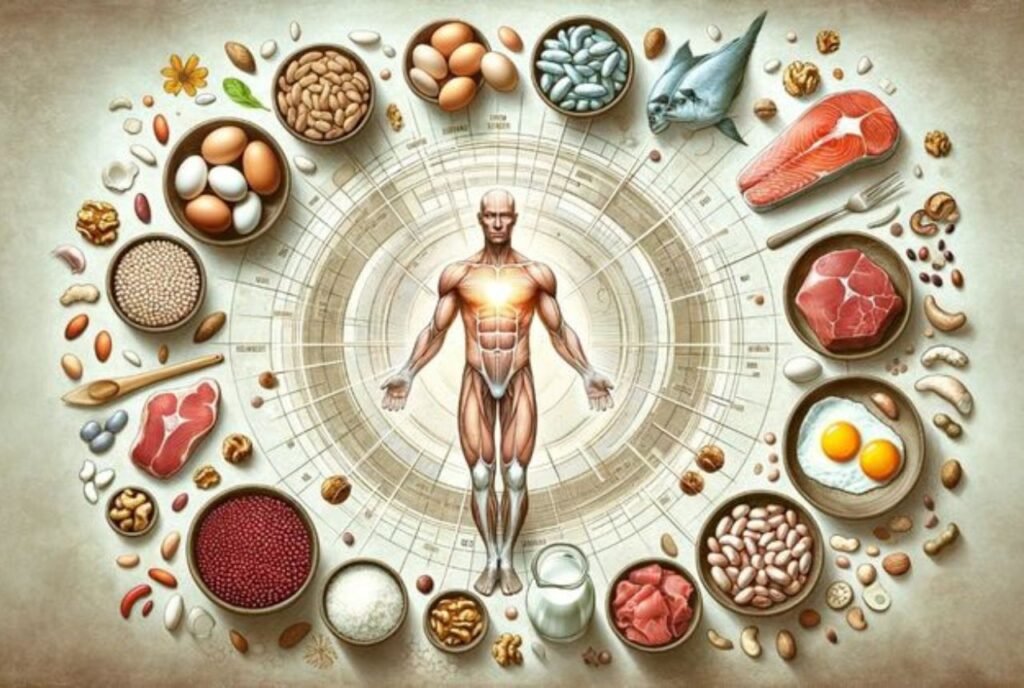Nutritional guidelines for preschool kids are essential during the preschool years (ages 3 to 5), a critical period for physical, cognitive, and emotional growth. The right nutrition during this stage fuels not only a child’s boundless energy but also supports brain development, strengthens the immune system, and lays the groundwork for lifelong healthy habits.
In 2025, many preschoolers face nutritional challenges such as increased consumption of processed foods, irregular mealtimes, and growing screen time, which impacts appetite and food choices. As parents and caregivers seek to give their children the best possible start, understanding clear, science-backed nutritional guidelines for preschool kids becomes essential.
This article outlines key dietary principles and practical strategies to help ensure your preschooler gets the nutrients they need every day.
Understanding Nutritional Guidelines for Preschool Kids
Preschoolers have unique nutritional requirements that differ from both toddlers and older children. On average, kids in this age group need between 1,000 and 1,400 calories per day, depending on their activity levels. These calories must come from a balanced mix of macronutrients (proteins, carbohydrates, and fats), along with essential vitamins and minerals.
During this developmental stage, children’s organs, muscles, bones, and brains are growing rapidly. Providing the right fuel supports cognitive milestones like memory, language, and social skills.
Compared to toddlers, preschoolers may have more structured mealtimes and slightly larger appetites, but they still require close monitoring to ensure their diets remain nutrient-dense and age-appropriate.
6 Essential Nutritional Guidelines for Preschool Kids
1. Balanced Macronutrient Distribution
To meet daily energy and development needs:
- Proteins should make up 10–30% of daily calories from sources like lean meats, eggs, fish, and legumes.
- Carbohydrates are vital, with a daily goal of 130g from whole grains, fruits, and vegetables.
- Healthy fats should comprise 25–35% of daily intake, focusing on foods like avocados, olive oil, and nuts.
- Keep added sugars below 10% of total calories to prevent early onset of lifestyle diseases.

2. Colorful Fruits and Vegetables
Aim for at least 1–1½ cups of fruit and 1½–2 cups of vegetables each day. Introduce a variety of colors—the “rainbow approach”—to ensure a wide range of nutrients:
- Oranges for vitamin C
- Leafy greens for iron and calcium
- Purples and reds for antioxidants

Use fun shapes, dips, and smoothies to encourage picky eaters, and choose seasonal produce for the best taste and nutrition.
3. Whole Grains and Fiber Focus
Preschoolers need around 4 servings of grains per day, with a focus on whole grains like oats, brown rice, and whole wheat bread. These provide 19–25g of fiber daily, essential for maintaining healthy digestion and preventing constipation.

Gradually switch from refined to whole grains by mixing them or offering whole-grain versions of familiar foods.
4. Quality Protein Sources
At this age, children need around 1½ servings of protein-rich foods daily. For vegetarians, this requirement may be slightly higher:
- Animal proteins: chicken, fish, eggs
- Plant-based options: tofu, lentils, chickpeas, soy products

Ensure portion sizes are small and manageable for little stomachs, and rotate protein types to keep meals interesting.
5. Essential Vitamins and Minerals
Key micronutrients for preschool development include:
- Calcium and Vitamin D for bone growth
- Iron and Zinc for immunity and cognitive function
- Vitamins A and C for skin and tissue health

Top food sources include dairy products, fortified cereals, eggs, spinach, and citrus fruits. Watch for signs like fatigue or slow growth, which may indicate deficiencies. Supplements should only be used under pediatric guidance.
6. Hydration and Healthy Beverages
Preschoolers need at least 5 cups (1.2 liters) of water daily. Encourage plain water and limit fruit juices to small portions—no more than 4 oz (120 ml) per day. Avoid sugary drinks like soda and flavored beverages.

Offer 1½–2 servings of milk or dairy alternatives daily to support calcium intake. Help children form healthy drinking habits by modeling good behavior and offering drinks regularly.
Meal Planning Strategies for Busy Parents
Busy schedules can make balanced eating challenging, but smart planning helps. Here’s a sample daily plan:
- Breakfast: Oatmeal with banana and milk
- Lunch: Whole grain roti, lentils, sautéed carrots
- Snack: Yogurt with berries
- Dinner: Grilled chicken, rice, and steamed broccoli
Consider preparing meals ahead of time or batch cooking on weekends. Involve your child in meal prep to spark interest in food. At Cambridge Blossoms, one of Guwahati’s top playschools, kids are introduced to nutritional concepts through fun activities, food art, and structured mealtime routines.
Addressing Common Nutritional Challenges
- Picky eaters: Offer choices within healthy limits, serve small portions, and avoid pressuring them.
- Food allergies/sensitivities: Read labels carefully, inform caregivers and schools, and explore safe alternatives.
- Balancing treats: Reserve sweets for special occasions and pair with nutritious meals.
- Cultural foods: Embrace traditional dishes, modifying them to be lower in salt, sugar, or oil when necessary.
The Role of Schools in Preschooler Nutrition
Preschools play a major role in reinforcing healthy eating. Look for institutions with:
- Structured mealtimes
- Balanced, freshly-prepared menus
- Hygiene practices and food safety
At Cambridge Blossoms, nutrition is integrated into the curriculum with healthy snack policies and parent engagement programs. When choosing a school, ask about their meal policies and collaborate with teachers to support your child’s dietary needs.
Final Thoughts
The nutritional guidelines for preschool kids outlined above provide a strong foundation for supporting physical growth, cognitive development, and long-term well-being. By prioritizing balanced meals, hydration, and essential nutrients, parents can foster healthy eating habits early on.
Start with small, consistent changes—like introducing one new vegetable each week or replacing sugary drinks with water. The habits you nurture now will set the tone for your child’s future.
With the right approach and community support, including schools like Cambridge Blossoms, your preschooler will thrive on every level.




